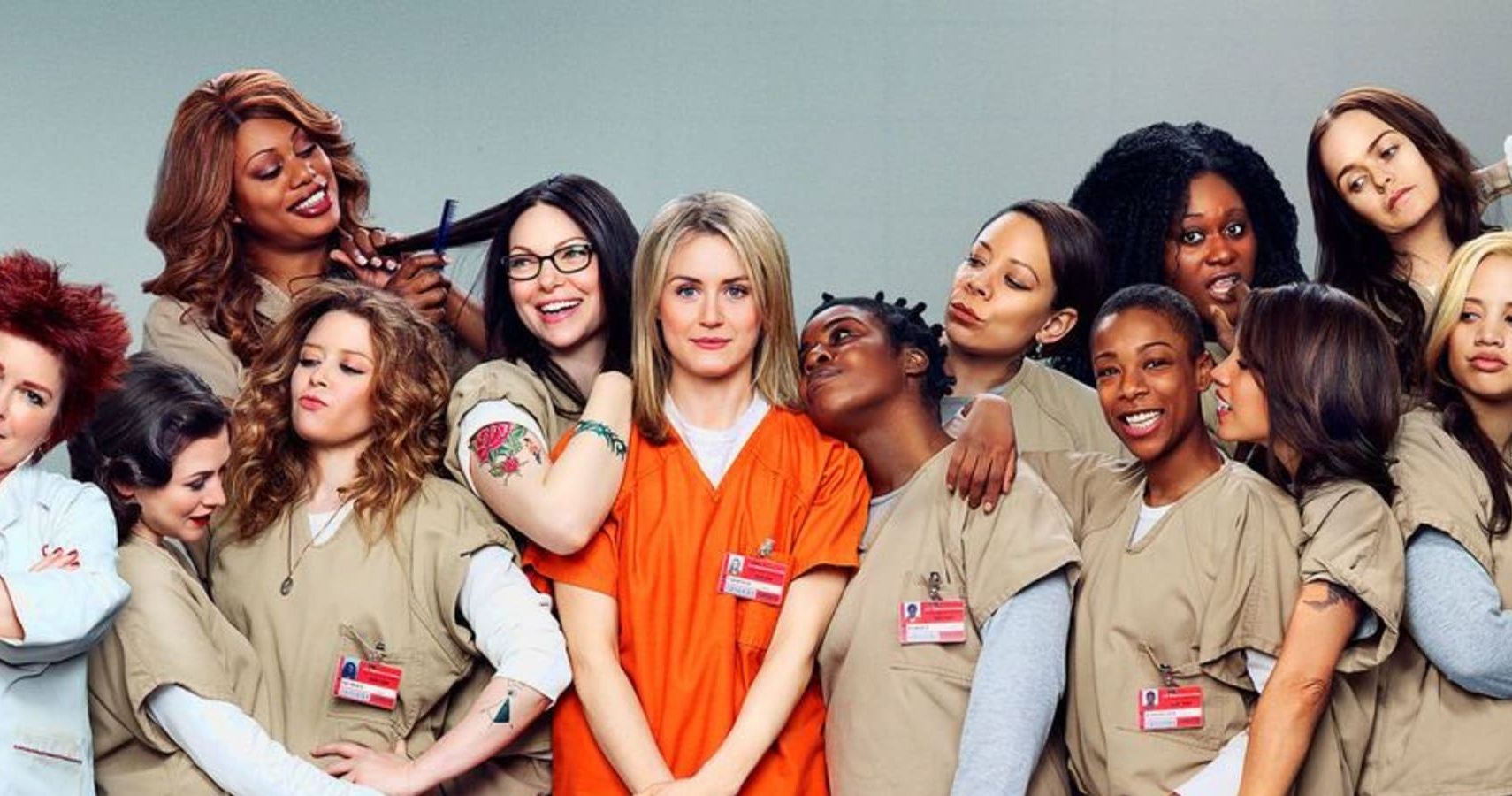Prison comedy Orange Is The New Black is an example of the female gaze manifesting as diverse women’s stories, told without compromise to a male audience. While the show was based on Piper Kerman’s 2010 memoir of her experience in prison, it evolved from one white woman’s story of incarceration into a multi-character, multiple plotline exploration of female experience.
Created by Jenji Kohan for Netflix in 2013, the show ran for seven seasons and had been viewed by over 105 million subscribers as of 2019. Jenji told NPR that Piper was her “trojan horse”, a way to “smuggle” diverse characters and stories into a mainstream television series. “In a lot of ways Piper was my Trojan Horse. You’re not going to go into a network and sell a show on really fascinating tales of black women, and Latina women, and old women and criminals. But if you take this white girl, this sort of fish out of water, and you follow her in, you can then expand your world and tell all of those other stories.”
Diverse Women’s Stories As The Female Gaze
Orange Is The New Black featured twenty women in the main cast, a mix of black, Latina and white characters. It also featured trans actress Laverne Cox in her breakout role. Over the course of the show, viewers were treated to three-dimensional characters dealing with their flaws, their fractured histories and their relationships to each other and to the system in which they are incarcerated. Prior to OITNB, few TV shows had explored women’s lives with such openness. Even fewer had dared to make women of colour the main protagonists.
Guardian writer Arielle Berstein wrote: “For me, the heart of the show, and what I feel the series will be remembered most for, is its insistence that diverse female stories are worth telling and watching. In many ways, Orange Is the New Black has proved conclusively that audiences are hungry for female-led stories, a whole lot of them, since each episode of the extremely popular series is a veritable smorgasbord of female experiences.
OITNB became a vehicle for showcasing a variety of social issues – sexism, racism and white privilege, homophobia, poverty and disadvantage, drug use, and mental health issues. The prison industrial complex came in for regular criticism. One could argue that this focus on social issues is an extension of the female gaze; the viewer is invited to care about the female character’s lives and to care about why they have such a problematic existence.
